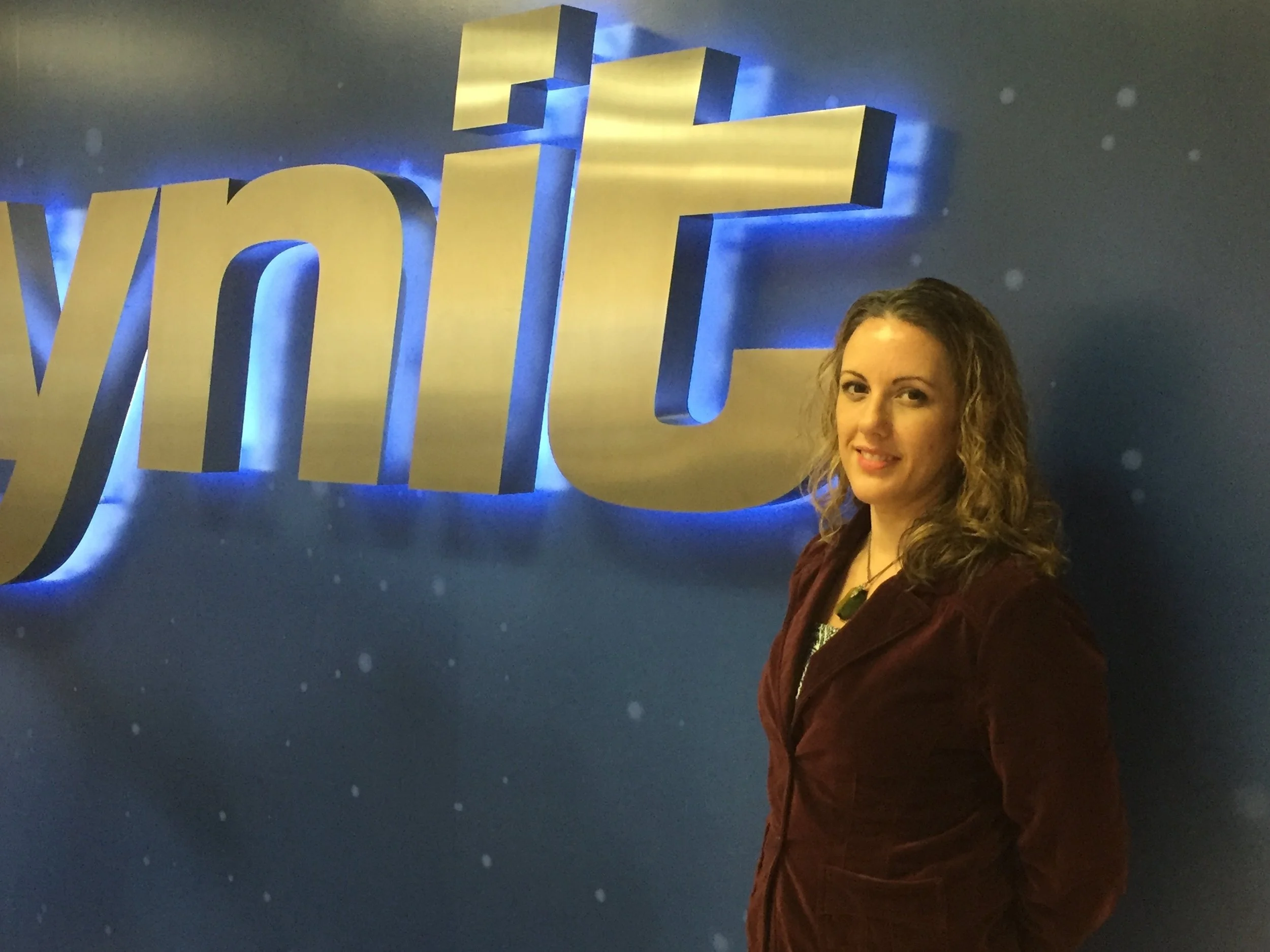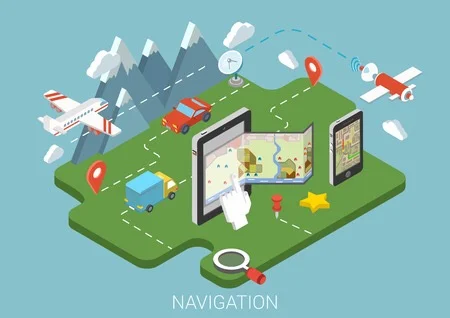How will AI impact your business?
By Laura Haight
Big data, smart data, data-driven decisionmaking. 2016 inundated us with an unrelenting barrage of these and other business intelligence buzzwords. And yet, how many of us really understand or effectively use the data at our disposal. Why is that?
Analysts suggest the majority of us are “data illiterate.” Take umbrage with that? Consider Microsoft Excel. An incredibly powerful data analysis tool, Excel is a mystery to most users, who pretty much stick to rudimentary math functions.
Marketers will recognize the challenge of providing detailed metrics about hits, trackbacks, pingbacks, likes and follows, comments and shares to business executives who casually glance at analytic reports and ask: “What does this all mean?”
And there lies the problem: An effusion of data; a dearth of analytical interest/skill.
For years, organizations have been exploring ways to make data more palatable, like infographics and other forms of visualization. (See some great examples at informationisbeautiful.net including this one on data breaches). But the depth of data now being developed calls for a significant level of data literacy to make sense – not just of the top layers – but the complexity that’s deep under the covers.
Enter, natural language processing (NLP) and generation (NLG). No, these aren’t new technologies but they are looking to have a breakthrough year in 2017.
Both NLG and NLP are subsets of artificial intelligence. They are the science behind Siri, Cortana, Alexa and Google Home, and there’s a good chance that you had an NLP device under the tree this season.
In 2015, Maven readers got a look at how NLG was changing communications with algorithms generating everything from media and newspaper articles on sports and business quarterly reports to marketing firms’ client results.
Large enterprises are exploring ways to enhance sales, supply chain management, forecasting, health services and electronic medical records integration and more. But that doesn’t mean there aren’t ways for smaller businesses to get on the bandwagon and make better use of data in sales, business intelligence and customer service.
Here are a few:
Publish more, quickly. Automated Insights is an NLG provider that turns your structured data into natural language content. Everyone has some structured data. For example, a retail store maintains a customer database, sales database and inventory tracking system. AI can connect your customers’ purchases to inventory and send an email when a favorite designer has a new item. Another example, using the online service Zapier to connect one application to another, such as automatically updating your website with new product summaries and content written via NLG.
Customer service chatbots. Chatbots are conversational agent programs that are designed to simulate an intelligent conversation utilization data across multiple platforms. They are a great way to communicate with mobile millennials, or anyone (which is everyone) who communicates most frequently on a mobile device. The idea of “checking our website” or “filling out our form” will fall to the power for the NLG/NLP powered chatbot. During the election, the New York Times used a chatbot on Facebook Messenger to answer questions and provide updates on news of the day. Bank of America and Mastercard started using Chatbots in October to answer questions from customers about their financial accounts, initiate transactions and get financial advice via text messages or services like Facebook Messenger and Amazon’s Alexa.
If you’re thinking about the annoying interactive voice response that you get when you call the cable company, think again. These are far more normal conversations that allow you to interact as a regular person would with a bot that can process and respond to unscripted responses. It’s several steps removed from the IVR programmed script and the endless loops that leave you screaming “representative!” into the phone.
Communicate results. We started with the idea of data literacy. Most of us don’t have it. But we have enormous amounts of information. Unfortunately, we often lack the tools, time or skills to really understand what it means. So often analytic reports are dry recitations of statistics that don’t get past the “what” to the “why” or the “what now”. Quill via Narrative Science, or Wordsmith from Automated Insights, both have off-the-shelf tools to turn data reports into predictive and advisory tools.
Narrative Science describes NLG as the “voice of the machine”. Using the tools in the artificial intelligence toolbox, NLG gathers information to provide situational analysis, like how did our website do last month. Then it layers on predictive analysis by looking at past data to develop projections. And, finally, using those projections it can provide advice on attaining a set of goals. The analysis, produced nearly instantly in written reports that are indistinguishable from what a person might produce if they a) had the skill to make the determinations, b) the time to work on it and c) the communication skill to articulate it.
What’s on the horizon is even cooler and more important to a lot of businesses: Unstructured data. For most businesses, this is where most of the information is. It’s Facebook posts, Tweets, emails, online reviews, and customer service calls. Who is going to make sense of those? Some analysts see 2017 as the year that NLG and AI start to plumb the depths of that data. Look for automated analysis of social media channels or customer service calls that can quickly answer the eternal question: “What do our customers want?”
And these tools won't just be the province of enterprise class businesses, but will be accessible (just as NGL and NGP are now) to small and medium sized businesses through cloud service providers.
Could be an interesting year. And, no, NLG was not used in the creation of this column.



